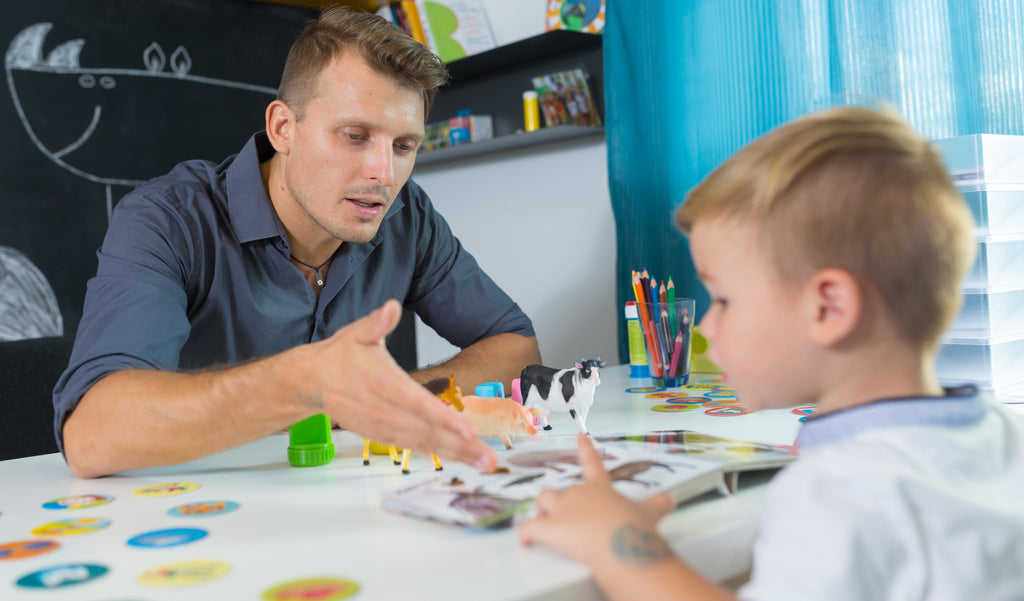In various other blog posts on early childhood stuttering therapy, I have commented on some of the different treatment approaches that are available to clinicians. One of the key points I have made is that we have choices when it comes to treating young children who stutter. I have learned that some people are only taught about one approach. That is concerning because different approaches are likely to be beneficial for different children. Ideally, we'd match the child and family to a specific approach, rather than using the same approach with everyone. (That's not consistent with EBP at all.)
Briefly, here is a quick overview of just a few other approaches for young children who stutter:
The Lidcombe program, developed in Australia, is an operant conditioning therapy program based on helping parents learn to reinforce the child’s fluent speech and correct the child’s stuttered speech. Reinforcement take the form of praise like, “nice, smooth talking.” Corrections take the form of simple reminders to “say it again smoothly.” The Lidcombe program is supported by a vast literature demonstrating that many children receiving the Lidcombe program do indeed recover from stuttering quickly.
The RESTART DCM program developed in the Netherlands is based on the demands and capacities model. It largely uses less-direct means of reducing demands on the child's speech while working to expand capacities in order to support more fluent speech. It has been studied via a randomized control trial with the Lidcombe program, and the outcomes from the two programs were essentially the same. (That means that anyone who tells you that Lidcombe is the best or only EBP approach is simply not aware of the current science on the matter.)
The Palin Parent-Child Interaction Therapy developed in London is another example of a mostly less-direct approach. It involves helping parents identify stressors in the child's environment (including not only communicative stressors but also family stressors that may contribute to the child's communication difficulties). Parents are taught to spend "special time" with their children on a regular basis during which they can enjoy the interaction with the child while exploring fluency-facilitating modifications to the environment. The Palin program has a couple of papers demonstrating its efficacy, though more research is ongoing.
In our Early Childhood Stuttering Therapy book, Nina Reardon-Reeves and I describe what we call a comprehensive approach to treatment for young children. It is based in part on the family-focused approach that I described in a paper in the ASHA journal, Language, Speech, and Hearing Services in Schools, in 2006 with my colleagues Craig Coleman and Dave Hammer. In the book, we expand upon those early thoughts. The therapy approach involves both less-direct and more-direct components, focused on helping children increase their fluency by reducing environmental demands, using strategies for enhancing fluency as needed, and working to develop healthy, appropriate attitudes toward communication and stuttering.
Those are just a few examples of current approaches that do appear to have efficacy for helping young children overcome stuttering. Obviously, there is much, much more to say. That will be a topic for another blog post…





